For online sellers, product packaging can be the second most critical impression you can make on your customers. After days or weeks of waiting, how your product appears before them? That may affect their emotions, expectations, and experience of unboxing. These will, in turn, affect their view on your product, your store, and your brand.
Knowing the significance of product packaging for online business, let’s go straight in to discover how to get things done.
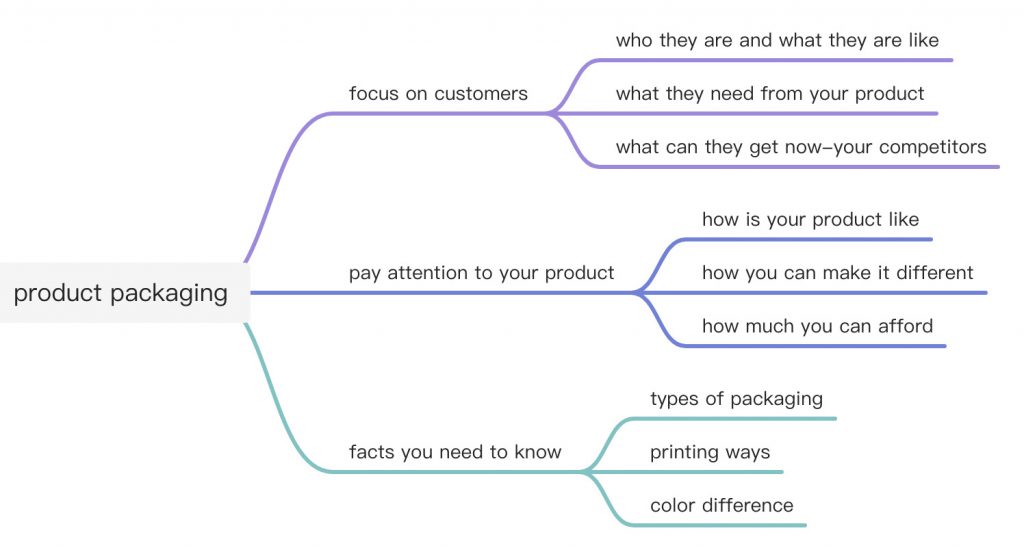
What is Product Packaging
First thing first, let’s learn what exactly is packaging. Packaging refers to the exterior part of a product, and by saying to customize it means to design every factor about it, including pattern, fonts, color, material of the wrappings or containers, and also the way it is illustrated.
We are discussing the packaging of online business products, so not only the traditional wrappings or containers, but we should also take the delivery package into consideration.
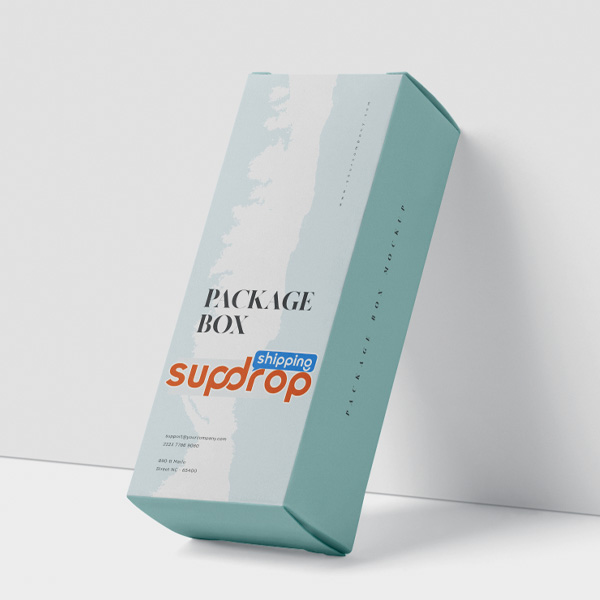
How to Design Product Packaging
Now if you are reading this part, congratulations to you as you have surpassed the primary period of online business, and starting to build your own brand. If not, at least you are already considering to do so, which is approvable. So what to think of when starting to design your product packaging?
Focus on Your Customers
This should be the common sense of all classical marketing theories, that entrepreneurs should always focus on your customers, do researches and analytics based on them, and make all decisions based on their needs.
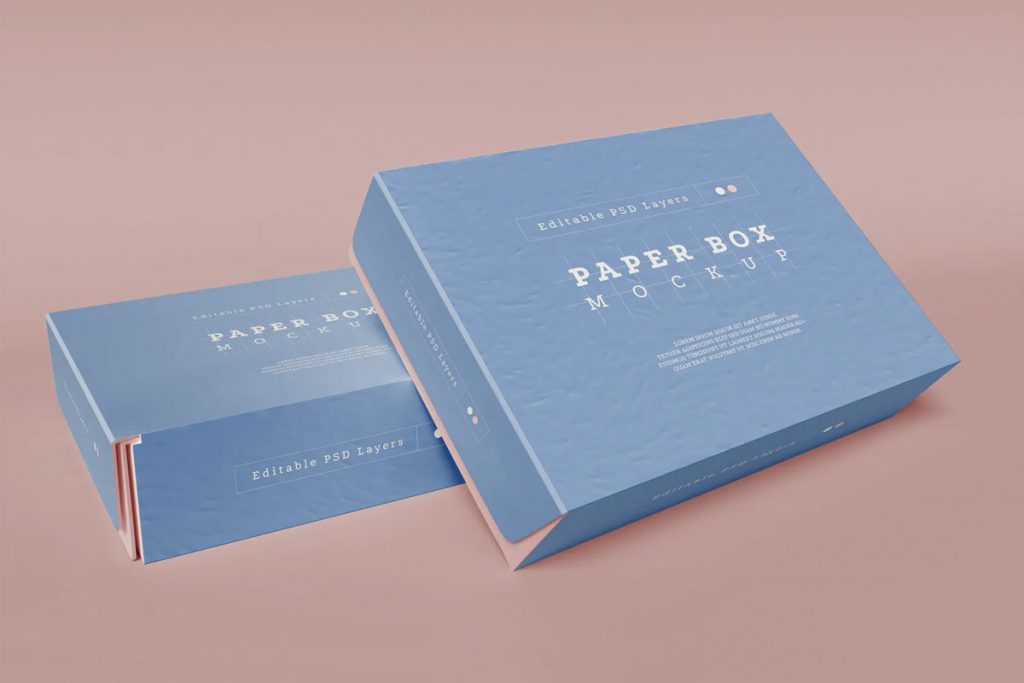
When it comes to online business, you should consider more before you act, as you may not see them with your own eyes. By doing this, you can start by asking yourself questions, like who they are? What they are like? What do they need? Why they should buy your product?
By asking these questions, you can get inspiration on how your product packaging be designed, and the characteristics that it must or should better possess. For example, if you are selling trendy clothes or accessories to young people, you may want to make your packaging looks exclusively cool, and unboxing it can be pleasant for them. Another example, if your product is marked as environmentally friendly, you should pay attention to the material and the protective inserts amount, they may feel comfortable when receiving a package with simple packaging and using recyclable materials.
Watch on Your Product
The second step is to look back at your product: What are they like? What do your customers need from them? How should they be presented?
This part can be as easy and straightforward, or you may have better understandings to discover a unique design. For example, if your product is fragile, or easy to get shapeshifted by exterior factors, solid inner packaging with protective inserts is preferred. Another example, if you are selling long-lasting flowers, an exclusive trendy designed package can be a plus for your customer experience.
Check on Your Competitors
Another checkpoint is to search for your competitors’ packaging designs, and pay attention to their advantages and disadvantages. Since we are selling online, it can be as easy as checking their product pages, and placing several orders to check the actual effect.
Checking on your competitors’ packaging doesn’t mean you have to avoid every factor they have included. It will be best if you are also into the product, so that you have a better understanding of what your customers feeling. This may inspire you on what to learn from them, and what to avoid. For my part, a successful packaging can be the one satisfying most of the customers’ needs, as well as unique designs to stand out and make people remember.
If you are a personal seller, and not quite sure about how to design your product packaging, you may turn to professionals for assistance. But once you have decided to take a design, it is suggested not to change the core characteristics in the future, so that your loyal customers can have a long-lasting impression.
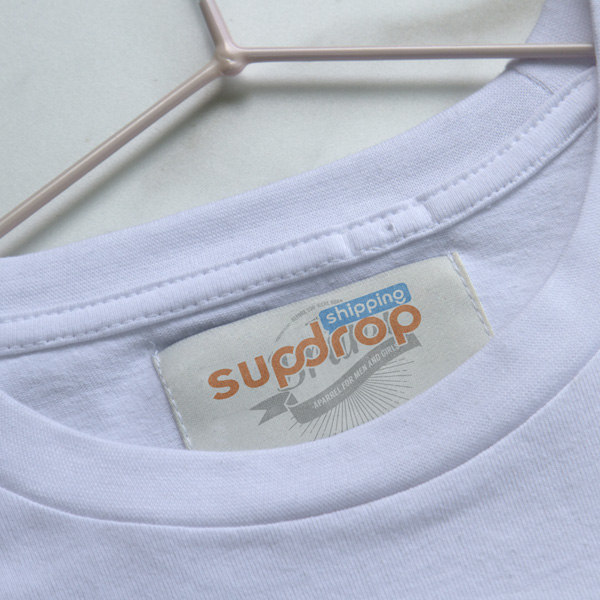
Calculate Your Costs
Having done the above brainstorm on your packaging design, now we have to get back to earth, and think about the cost. After all, this is still a business, and a profit margin is necessary.
The tricky part you have to be careful of, is that your packaging design may affect the shipping price, and you have to recalculate your selling price to check if it can cover your profit margin. For example, if you are a jewelry seller, and you want your product packaging customized as a fancy star-shaped box, and to protect it, you want to add another hard rigid box. In this case, your packaging size may have increased by several times, and also your shipping costs.
At this part, if you are not so sure about all the expenses needed to create your imaginative packaging design, suggestions are that you may work with your logistics team, agency, or supplier.
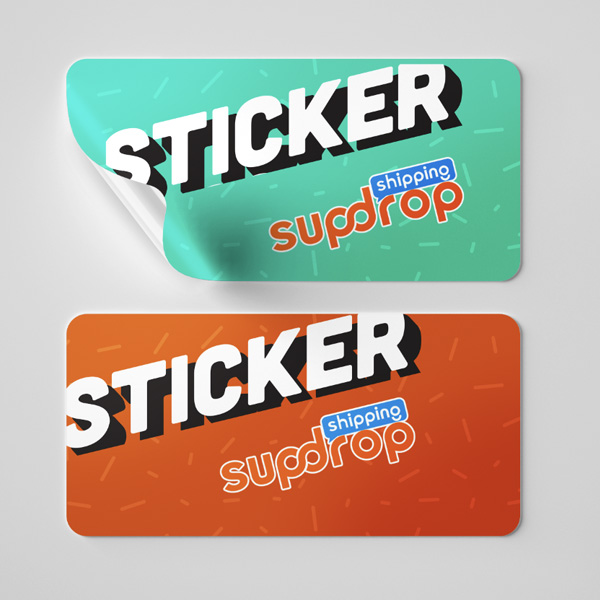
Other information you need to know
Having finished all the preparations, now you will communicate with your printing supplier to make your design come true. When you are discussing it with them, there is some information that may help you get better understandings.
Layers of Packaging
There can be as many of 3 general layers of packages for your product, and depending on the characteristics of your product, you may need some or all of them. Let’s take it one by one at an unboxing order.
Outer Layer
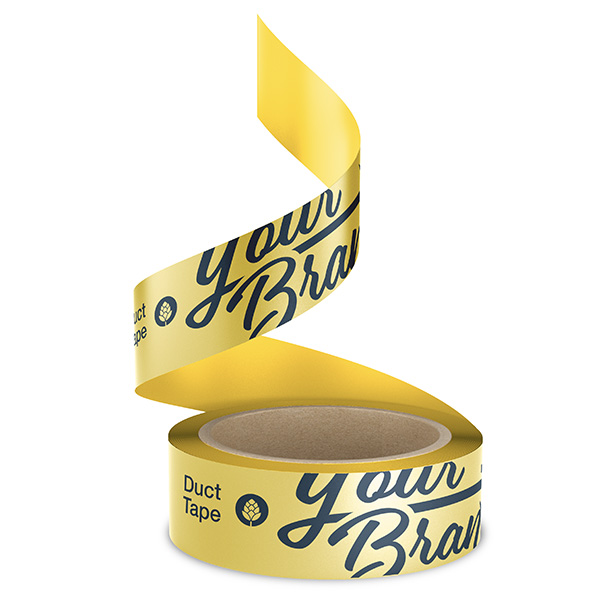
This is what your customers see at the first glance when they get your product from delivery. It is largely dependent on rules and regulations of shipping, and you can actually make scarce customization on this layer. The design of this layer is mostly functional and used to protect your product from exterior factors during the shipping process.
General materials used for this layer include folding cartons, corrugated board, grey board, or just a poly mailer.
Protective Insertion
This is for the products that are fragile, or you want to keep them in better shape to increase customer experience. The design of this part can be done easily with your supplier, as choices are few.
General materials used for this layer include foam, cardboard, molded pulp, or plastic tray.
Product Packaging
This is what people usually know as product packaging, and is the last layer that protects your product. You may customize with your own design to the most degree on this layer, and you may discuss this with your manufacturer.
General materials variy for this layer, also depends on your product and design. It can be paper bags for environmentally friendly goods, glass for liquid bottles, or the same material as the outer layer to keep your product together.
Printing Options
Generally, you don’t actually need to discuss about this with your printing suppliers, but it is better that you know the ways of printing, so that you may better understand how your supplier works for you, and how they charge the costs.
Digital Printing
This refers to the way just like how your printers work at home or working place. The advantage of this method is it requires a low initial cost, thus friendly to dropshippers. The downside is the expenses may go up when you scale, and it may not apply to all materials.
Offset Printing
This refers to the traditional way of printing, and it can be applied to most materials. The advantage of this method is it can present higher color quality, while the downside is it needs a high setup fee, therefore not so friendly to low-scale sellers.
Flexography Printing
This refers to a modern way of printing, and is usually used in industrial printing. It can be applied to most materials, however it can only present simple colors. Therefore though it is inexpensive at all, the usage is still limited.
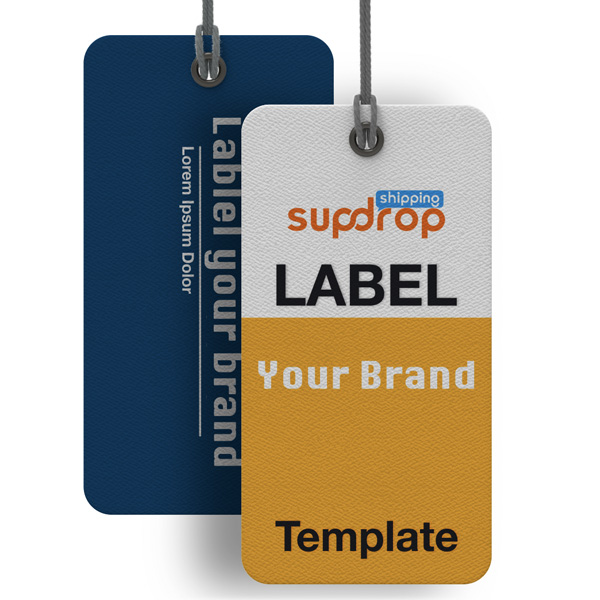
Color Difference
This factor may affect your final design prensentation to your customer, so please pay attention to this part.
RGB
This is the most commonly used color mode by computers, and also general designers. However, if you are to design your own customized packaging, and to print it as exactly your thoughts are, you had better change your color mode to CMYK.
CMYK
CMYK stands for Cyan, Magenta, Yellow, and Key (Black). This is the default and only color output for printing. It allows you to create unlimited artwork possibilities. Please pay attention to this, and change your color mode to CMYK when you are customizing your packaging designs.
PMS
PMS refers to Pantone Matching System, or spot color. It is an excellent choice for branding as it creates a uniform color code, printing a wider range of colors with high consistency. However, using this color mode may require additional expenses when it comes to production.
Conclusion
Packaging design can be critical to customer experience, and is the starting point of your brand construction. Online sellers cannot pay too much attention to the design of your product packaging, and should better keep the design consistent for your loyal customers to recognize your brand.
For the fulfillment of your packaging designs, you are suggested to turn to professional logistics agency for assistance. Contact Sup Dropshipping now to make your design come true and start building your own brand!

